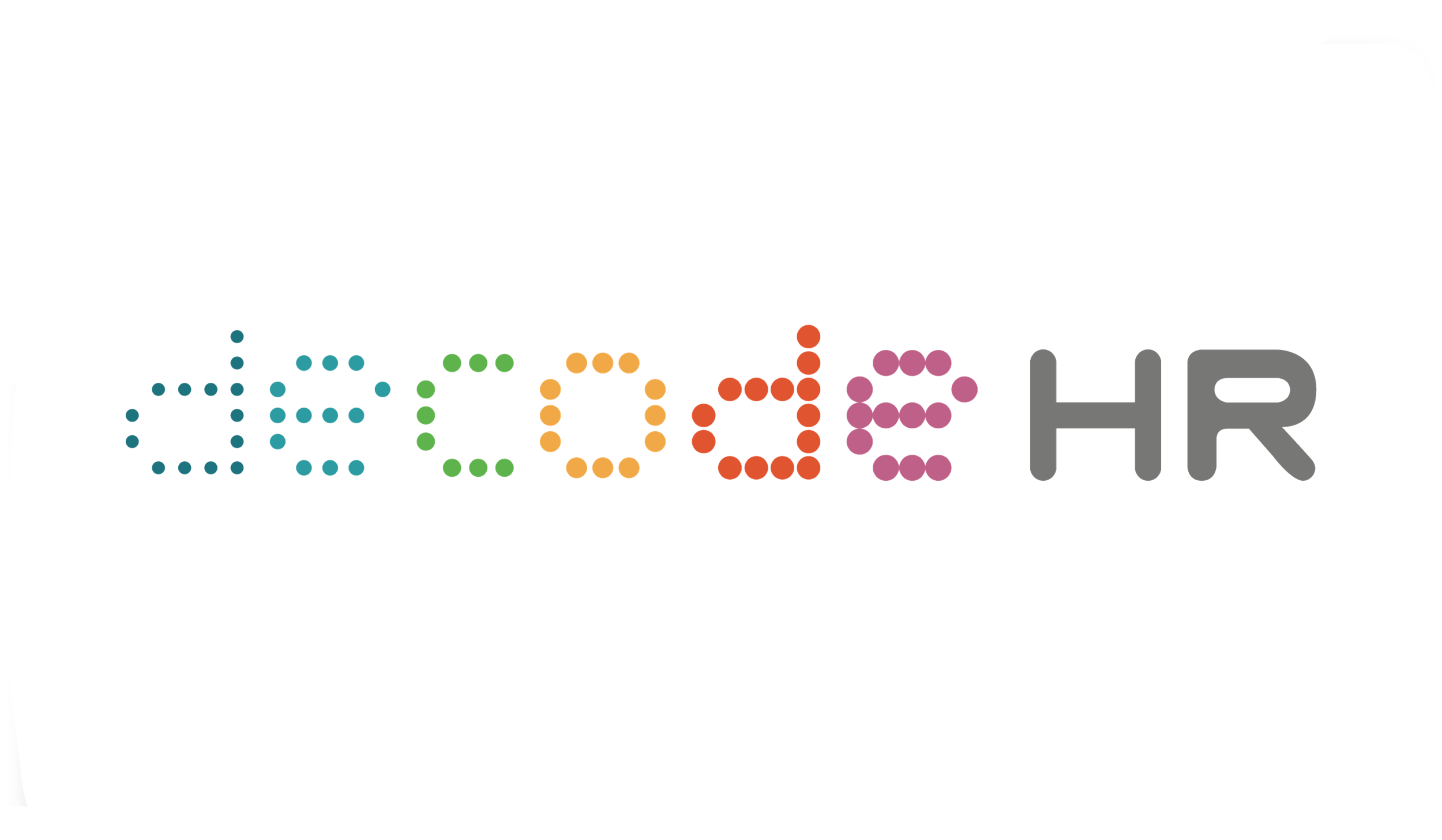HR Analytics & Its Real Potential
Reading time: 6 mins
It has been widely touted that HR needs to be more analytical to become a more strategic and valuable asset to organisations. But what does that really mean?
We know that the right metrics and analytics models could contribute to collecting necessary data for HR to be an effective partner in business. The three metrics to stimulate business performance are:
Efficiency - costs and time of HR functions as well as the quality of their work.
Effectiveness - making a difference, having an effect. Talent management is potentially a meaningful HR metric as different organizations seek to attract, develop and develop talent. Talent metrics require regular updates for more data on the status of their human capital; human capital metrics can influence the growth and implementation of business strategies.
Impact - metrics that measure the development and optimisation of the capabilities and the competencies of companies can measure the impact of HR processes.
It is worthwhile noting the difference between HR Metrics and HR Analytics:
HR Metrics measures key HRM outcomes on efficiency, effectiveness, and impact. Human Resource Analytics (HRA) refers to statistical techniques and experimental approaches that aim to measure the impact of HR activities. HRA is about linking HR decisions to business performance.
The Critical Difference that HR Can Make
HR needs to play a vital part in shaping and improving organisational capabilities and skills, even if it might not be their responsibility.
The use of analytics to learn the impact of HR practices and strategies on organisational performance is an effective method for HR roles to contribute in a critical manner. They add significant value by identifying which necessary steps organisations need to take to execute a strategy most efficiently and effectively. The critical issue is whether there is a positive relationship between the current use of HR metrics and HR being a strategic partner.
HR in the future
Do these metrics have a significant contribution to the organisation? That is why companies should be aware of which parameters HR uses and what value it is adding. The emerging technology creates a lot of opportunities for using reliable metrics and becoming more data-driven and as a result, a strategic business partner.
Value of HR analytics
HR analytics are most valuable when they contribute to acquiring information about people's inner drive and behaviour. For analytics to be truly valuable, it is necessary to create a logical framework linked to the business; and the analysed data should be relevant to your organisation's business affairs.
Deep and sophisticated analytics help us understand the underlying driving forces of the decisions people make. For that, HR professionals need a more targeted approach. However, we can garner the most useful results when an HR professional knows how to assess the job design, economies, and organisation design factors that drive behaviour in a system.
Analytics should focus on answering specific questions that provide valuable insights for improving the business. Context analysis and engagement with stakeholders is the first step for HR analysis because without communicating what data is needed to improve the business, the analysis will not be as valuable, or maybe even disregarded.
Not all HR analytics have to be sophisticated. There is a lot out there. The specific parts that require more understanding can be investigated through in-depth analysis. The essential element to be aware of is which aspects of HR deserve detailed analysis and how to turn that information into meaningful data to stakeholders.
To combine analytics and HRM, data analysts and HR professionals need to collaborate to understand the value of HR data and analytics for business decision making, which could mean a need for organisational redesign. The challenges HR organisations could face when applying HR analytics is the inability to quantify and analyse complex aspects of their workforce due to the different HR information systems. The more complex aspects of the workforce include reliable assessments of individual and team performance.
To conclude this article, HR needs to transform into a more data-driven and consultative orientation and focus on having a valuable influence on business. That doesn't mean HR should move away from its primary tasks of control, compliance, service and strategy, but integrate them with data analytics.
Look out for the next article in this series ‘How the right HR Analytics Tools’ can get you started on your HRA journey.
[Article migrated from dcHR.tech]




